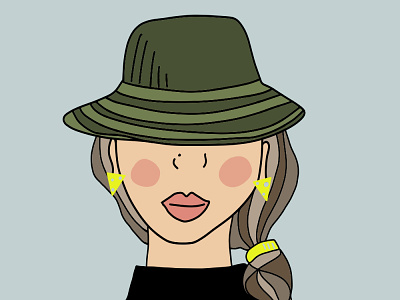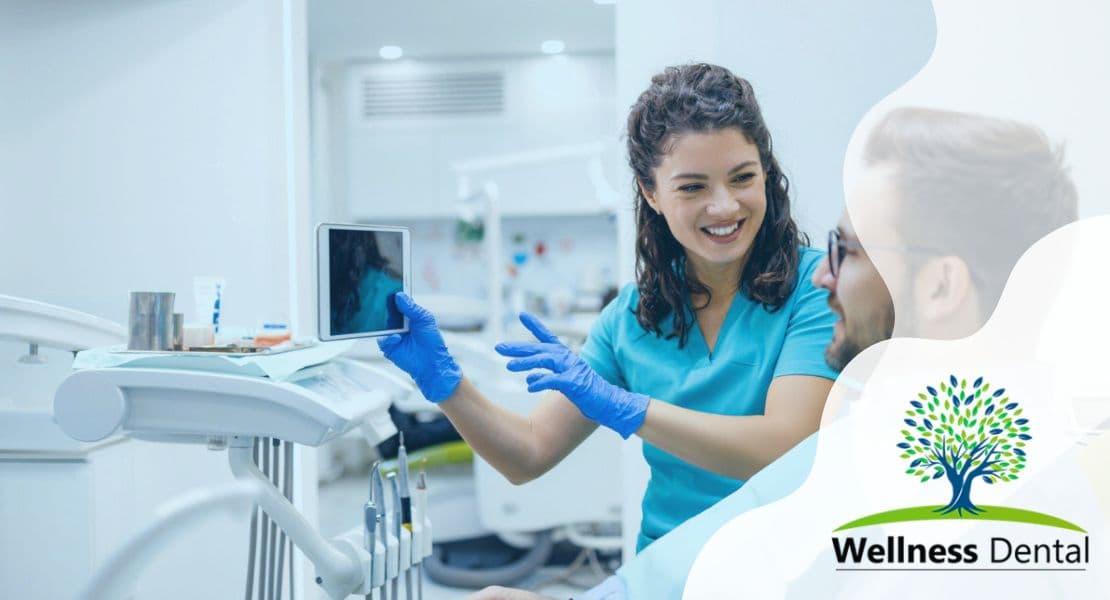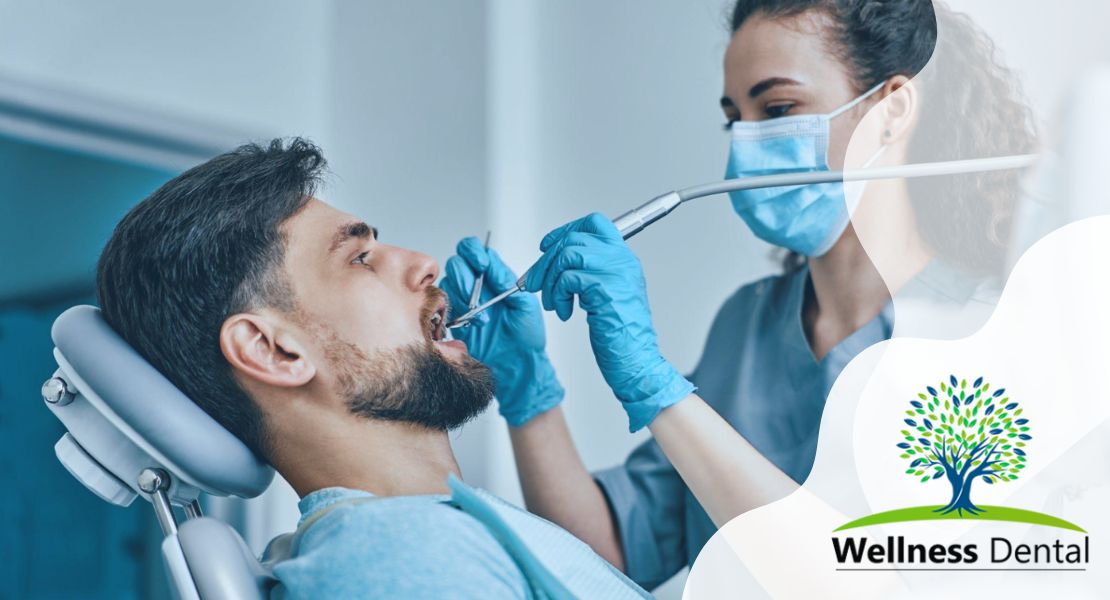What’s a cavitation?
Cavitations, also known as NICO (Neuralgia-Inducing Cavitational Osteonecrosis) or SICO (Simple Bone Cavitation), are areas of dead bone in the jawbone that result from a lack of blood flow. This can occur after a traumatic event, such as a tooth extraction, or due to chronic infection, like with root canals or periodontal disease.
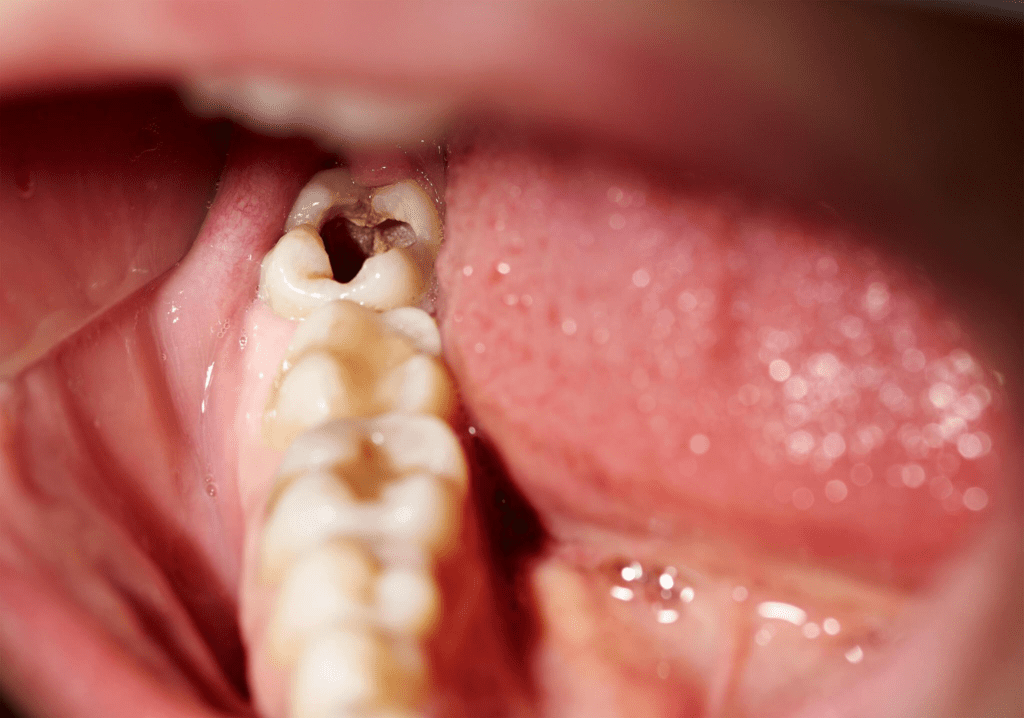
Symptoms of cavitations may include chronic pain, unexplained numbness or tingling in the jaw, facial or head pain, and difficulty opening the mouth. If left untreated, cavitations can lead to systemic health issues, such as autoimmune disease and chronic health conditions.
Treatment options for cavitations include surgical procedures to remove the dead bone and promote bone healing, as well as addressing any underlying infections. Preventive measures may include ensuring proper blood flow to the jawbone and considering dental ozone therapy to help eliminate anaerobic bacteria and potent toxins that contribute to cavitations.
Addressing cavitations is crucial for overall health, as it can prevent potential systemic diseases and improve dental health. Seeking the expertise of a biological or holistic dentist, as well as a dental surgeon with experience in cavitation surgery, is essential in addressing cavitations effectively.
Cavitation symptoms
Cavitations, also known as jawbone cavitations, are areas of dead bone within the jawbone that can occur after dental surgical procedures, such as a root canal or wisdom tooth extraction. Common symptoms of cavitations include pain and discomfort within the face, particularly in the area of the affected jawbone socket. Bad breath may also be present due to the accumulation of anaerobic bacteria and potent toxins within the cavitation lesion.
If left untreated, cavitations can lead to systemic health concerns, such as chronic and autoimmune diseases, as well as a blockage of blood flow to the jawbone. Lack of blood supply can result in bone necrosis, or death, and the pressure from the bone lesions can cause further complications.
Holistic and biological dentists, along with dental surgeons, can address cavitations through surgical procedures, such as cavitation surgery, to remove the dead bone and promote the healing of the affected area. It is crucial to seek treatment for cavitations to prevent potential health complications and maintain overall dental health.
What’s inside?
Dental cavitations can contain a host of harmful contents, including pathogenic bacteria, potent toxins, and heavy metals such as mercury. Unhealthy bone tissue, abscesses, and cysts may also be present within the cavitation. These substances can have a significant impact on overall health, contributing to systemic and autoimmune diseases. The challenge lies in detecting cavitations, as they may not be visible on standard dental x-rays due to the lack of blood flow and inherent bone pressure present within the cavitated area.
Diagnosing cavitations typically involves the use of advanced imaging techniques, such as 3D scans, to accurately visualize the affected area. Tissue biopsy and DNA testing may also be utilized to identify specific pathogens and toxins.
The comprehensive approach to diagnosis is essential for effectively addressing the underlying issues within the cavitation and promoting complete healing. By thoroughly understanding the contents of dental cavitations and the complexities involved in their detection, dental professionals can provide more targeted and holistic treatment for patients.
Cavitation treatment types
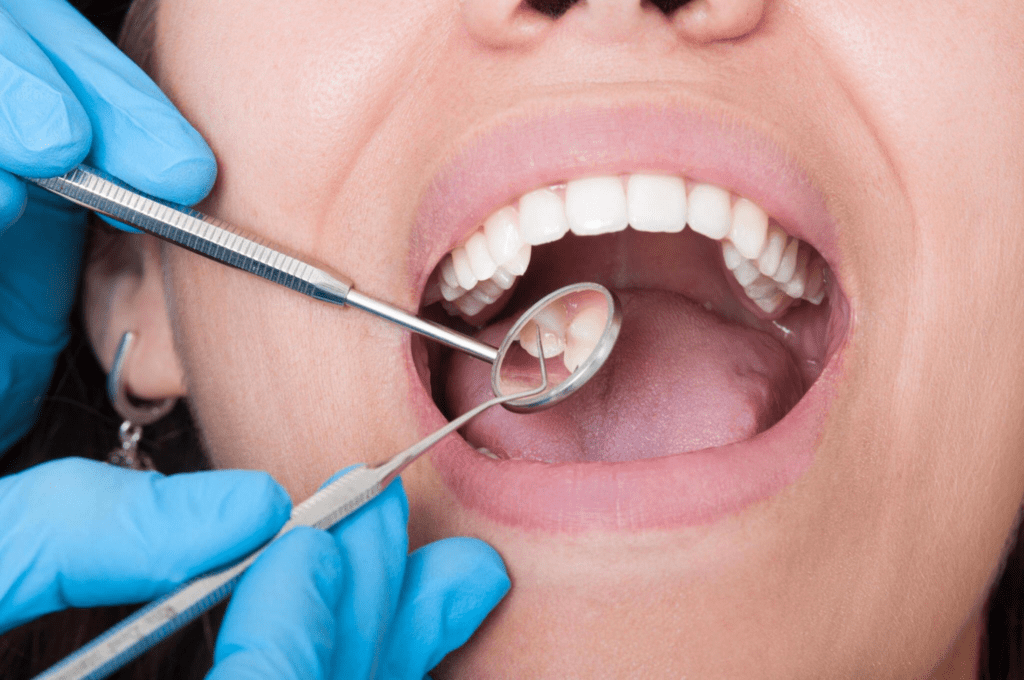
Cavitation treatment options include surgical debridement, IV vitamin C administration, ozone therapy, laser treatment, and noninvasive laser-based treatment.
Surgical debridement involves the removal of dead bone and tissue from the jawbone cavitations. This procedure helps to promote bone healing and the restoration of adequate blood flow to the affected area. IV vitamin C administration is used to support the immune system and collagen production, aiding in the body’s natural healing processes.
Ozone therapy utilizes ozone gas to eliminate anaerobic bacteria and potent toxins within the cavitation lesions, promoting a clean and sterile environment for healing. Laser treatment can be used both invasively and noninvasively to target and disinfect the affected area, while also promoting tissue regeneration. Noninvasive laser-based treatment may assist in addressing symptoms of cavitations, such as jawbone necrosis, by reducing inflammation and stimulating the healing process.
Each type of treatment has shown effectiveness in addressing dental cavitations by addressing the root cause of bone death and lack of blood flow, and promoting bone healing and overall dental health. However, the best approach may vary depending on the severity of the cavitations and the individual’s overall health and dental history.
What is the cause of cavitations?
Dental cavitations can be caused by a variety of factors, including trauma to the bone, improper tooth extraction, overheating of the bone during dental procedures, tooth abscesses, and continuing infections at the base of a tooth root.
Trauma to the bone, such as a forceful blow to the jaw, can damage the blood vessels and bone cells, leading to a lack of blood flow and ultimately bone death. Improper tooth extraction, where a tooth is not fully removed or fragments are left behind, can create a pocket where bacteria can thrive and cause bone pressure.
Overheating of the bone during dental procedures, such as root canals or surgical procedures, can damage the blood supply and lead to bone necrosis. Tooth abscesses and continuing infections at the base of a tooth root can also result in the formation of cavitation lesions, as anaerobic bacteria release potent toxins that can damage the bone and lead to chronic health issues.
Overall, these causes can disrupt the natural bone healing process and result in the development of cavitations in the jawbone, ultimately affecting dental and systemic health.
The advantages of cavitation
Cavitation treatment offers significant benefits in reducing pain, eliminating toxins, and improving overall oral and general health. By addressing cavitation lesions, dead bone, and jawbone necrosis, this treatment can restore proper blood supply and promote bone healing.
Through the removal of dead bone and potent toxins caused by anaerobic bacteria in cavitation lesions, patients may experience relief from chronic facial pain, including facial neuralgia, trigeminal neuralgia, and phantom toothache pain.
Additionally, cavitation treatment can alleviate symptoms associated with chronic sinusitis, such as headaches and migraines, leading to a significant improvement in overall well-being. This holistic approach to dental health can also support systemic disease management and autoimmune disease prevention by addressing the blockage of blood flow and bone pressure in the jawbone.
With the expertise of a biological dentist or dental surgeon experienced in cavitation surgery, patients can benefit from improved oral health, reduced pain, and enhanced quality of life.
FAQ
How common are dental cavitations?
Dental cavitations, also known as jawbone cavitations or cavitational osteonecrosis, are more common than many people realize. While exact statistics on their prevalence can be challenging to determine, studies have suggested that a significant number of individuals may have undiagnosed cavitations in their jawbones.
What is the difference between cavitation and cavity?
When it comes to dental health, there are often terms that can be confusing or easily misunderstood. Two such terms are “cavitation” and “cavity.” While they may sound similar, they refer to different conditions within the oral cavity.
Cavitation refers to a hollow space or hole that forms within the jawbone. These areas can develop as a result of various factors, including trauma to the bone, improper tooth extraction, overheating of the bone during dental procedures, tooth abscesses, and continuing infections at the base of a tooth root. Cavitations are often associated with chronic inflammation and can become breeding grounds for harmful bacteria.
Are dental cavitations painful?
Dental cavitations can vary in terms of pain and discomfort. Some individuals may experience mild to moderate pain, while others may be completely asymptomatic. The severity of symptoms depends on various factors, including the size and location of the cavitation, the presence of infection or inflammation, and individual pain tolerance.
One common symptom associated with dental cavitations is jaw pain. This pain can be localized or radiate to other areas of the face, such as the ears or temples.
How are dental cavitations treated?
Dental cavitations can be treated through various methods, depending on the severity and specific circumstances of each case. The primary goal of treatment is to remove the dead bone and infected tissue within the cavitation, restore proper blood flow, and promote healing.
One common approach to treating dental cavitations is through cavitational surgery. This surgical procedure involves accessing the jawbone socket or area affected by the cavitation lesion and removing any necrotic or infected tissue.
What are the 4 types of cavitation?
There are four main types of dental cavitations that can occur within the jawbone. These include dry socket, jawbone cavitation, root canal tooth cavitation, and ischemic osteonecrosis.
Dry socket is a common type of cavitation that occurs after a tooth extraction. When a tooth is removed, a blood clot forms in the empty socket to protect the underlying bone and nerves.


